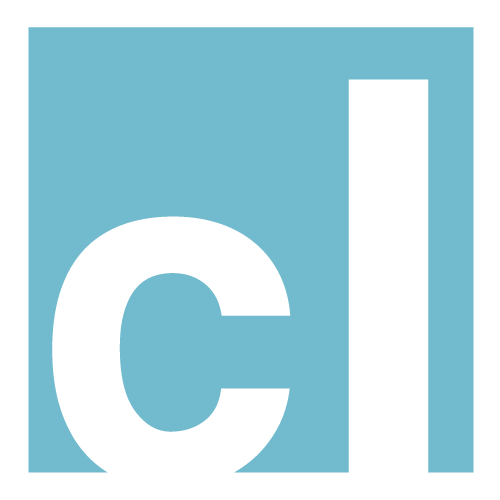Last reviewed: December 5, 2023
As the Director of Research for the College of Science and Liberal Arts, I frequently engage with the evolving landscape of higher education. Recently, an editorial by the Times Editorial Board titled “The Demise of Liberal Arts? Students Lose When Colleges Trade Humanities for STEM” (2023) sparked a nuanced reflection on the current state and future of liberal arts and STEM education.
The Dilemma Facing Liberal Arts and STEM
The editorial argues that the decline of liberal arts in higher education risks undermining the essence of a comprehensive education. Liberal arts, including humanities and social sciences, are vital in developing critical thinking, ethical judgment, and intercultural understanding skills. These disciplines encourage deep analysis, articulate communication, and foster creativity. Interestingly, the editorial notes employers greatly value these soft skills, underscoring their importance in the workforce.
However, there’s a counterpoint. The growing emphasis on STEM (Science, Technology, Engineering, and Mathematics) is not necessarily signaling the end of liberal arts. Instead, it’s a strategic adaptation to the demands of a technologically advanced society. Students are increasingly drawn to STEM fields for their promising career prospects and financial stability. This trend doesn’t diminish the value of liberal arts but suggests a need for a more dynamic, integrated educational approach.
Integrating Liberal Arts and STEM for a Holistic Education
The intersection of STEM and liberal arts can lead to enriching interdisciplinary approaches. This integration is crucial for nurturing innovative thinkers who can bridge the gap between technical expertise and humanistic understanding. As someone deeply involved in interdisciplinary research, I see immense potential in blending these fields to prepare students not just for today’s job market but for the challenges and opportunities of tomorrow.
Preparing for the Future: The Need for Interdisciplinary Research
The future of education lies in fostering interdisciplinary research and collaboration. Federal agencies increasingly focus on collaborative research, with Congress authorizing significant budgets for initiatives like the CHIPS and Science Act (Ambrose, 2023). This act targets an investment of $1.5 billion for fiscal year 2023, emphasizing the importance of interdisciplinary approaches in scientific and technological advancements.
Conclusion
In conclusion, the dialogue between liberal arts and STEM is not about choosing one over the other. It’s about finding a harmonious balance that prepares students for a rapidly evolving world. By embracing interdisciplinary studies, we can equip future generations with a diverse skill set that is adaptable, innovative, and capable of tackling the complex challenges of the 21st century.
Sources
Ambrose, M. (2023, April 28). NSF Details Plans to Spend $1 Billion Budget Increase. AIP. https://ww2.aip.org/fyi/2023/nsf-details-plans-spend-1-billion-budget-increase
Times Editorial Board. (2023, November 26). Editorial: The demise of liberal arts? Students lose when colleges trade humanities for STEM. Los Angeles Times. https://www.latimes.com/opinion/story/2023-11-26/editorial-the-demise-of-liberal-arts-it-doesnt-help-students-when-colleges-trade-humanities-for-stem

